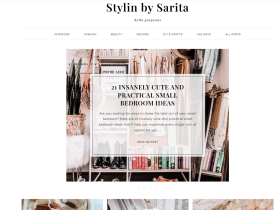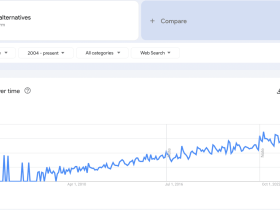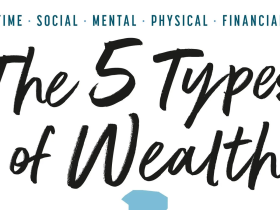In 2024, Sportico released its annual list of the 100 highest-paid athletes, revealing a stark reality: not a single female athlete made the cut. Cristiano Ronaldo led the rankings with an astounding $260 million in earnings, while the lowest on the list earned $37.5 million. In contrast, the highest-paid female athlete, tennis star Coco Gauff, earned $30.4 million, falling short of the top 100 threshold (CNN).
This glaring absence of women highlights the persistent and significant gender pay gap in professional sports. Despite notable advancements in women’s sports, the financial rewards remain disproportionately skewed in favor of male athletes.
The Disparity in Earnings
The top earners in 2024 predominantly hailed from men’s soccer, basketball, and boxing. Ronaldo’s $260 million was followed by Stephen Curry’s $153.8 million and Tyson Fury’s $147 million. These figures starkly contrast with the earnings of top female athletes. Coco Gauff’s $30.4 million, while impressive, was insufficient to place her among the top 100 earners.
The financial chasm is further evident when comparing league revenues and player salaries. The NBA generates over $10 billion annually, with an average player salary of approximately $12 million. In contrast, the WNBA’s revenue stands around $200 million, with average salaries near $150,000 (news.com.au). This disparity underscores the systemic challenges faced by female athletes in achieving financial parity.
Progress in Women’s Sports
Despite financial disparities, women’s sports have experienced remarkable growth in viewership and engagement. The 2024 NCAA women’s basketball final, for instance, attracted more viewers than its male counterpart. The WNBA reported record-breaking viewership numbers, and the National Women’s Soccer League (NWSL) secured a $240 million broadcast deal, reflecting increasing interest and investment in women’s sports.
A notable development is the emergence of Unrivaled, a women’s basketball league founded by WNBA stars Breanna Stewart and Napheesa Collier. Designed to provide domestic competitive opportunities, Unrivaled’s debut season saw its first two games averaging over 300,000 viewers, surpassing typical WNBA regular-season viewership on cable. The league offers players an average salary of $222,222, presenting a viable alternative to playing overseas.
Economic Impact of Female Athletes
Individual female athletes have demonstrated substantial economic influence. Caitlin Clark, a standout rookie for the Indiana Fever, significantly boosted the WNBA’s viewership and attendance. Her performances led to her team averaging 17,000 attendees per game and contributed to 31 matches surpassing one million viewers each. Clark’s impact is estimated to have generated $36 million in economic benefits for Indianapolis.
Despite these contributions, player compensation remains modest. Clark’s salary for the 2025 season is just over $78,000. However, there is optimism for increased earnings, as the WNBPA has opted out of its current collective bargaining agreement, seeking better salaries and benefits in future negotiations. Additionally, a new media rights deal is anticipated to elevate annual revenues from $60 million to $200 million, which could positively impact player compensation.
The Path Forward
The underrepresentation of women on the highest-paid athletes list is not due to a lack of talent or marketability but stems from systemic issues within the sports industry. Historically, women’s sports have received less media coverage, sponsorship, and investment, leading to lower revenues and salaries.
However, the landscape is gradually shifting. Deloitte predicts that global revenue from elite women’s sports will surpass £1 billion in 2024, with football generating £439 million and basketball £280 million. This growth is driven by increased viewership, sponsorships, and media rights deals.
To bridge the pay gap, several strategies can be employed:
Enhanced Media Coverage: Increased broadcasting of women’s sports can boost visibility, attract sponsors, and engage a broader audience.
Sponsorship and Investment: Brands investing in female athletes and women’s leagues can provide essential financial support and promote gender equality in sports.
Collective Bargaining: Athletes advocating for equitable pay and improved working conditions through unions can lead to more favorable contracts and benefits.
Grassroots Development: Investing in youth programs can cultivate talent and interest in women’s sports, ensuring sustained growth and opportunities.
Public Support: Fans supporting women’s sports through attendance, viewership, and merchandise purchases can drive demand and financial investment.
While progress is evident, achieving financial parity in sports requires continued effort from stakeholders at all levels. By addressing systemic barriers and fostering an environment that values and invests in women’s sports, the industry can move toward a more equitable future where female athletes receive the recognition and compensation they deserve.




